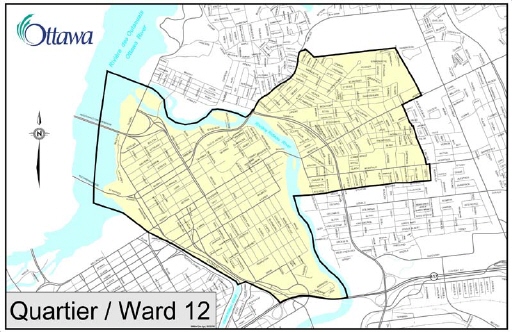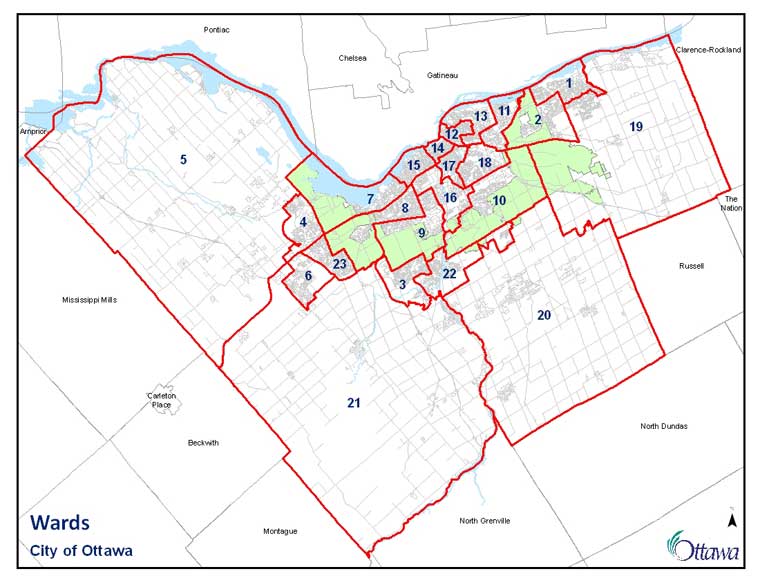The population of Ottawa is growing and according to the City of Ottawa Estimates, the nation’s capital has increased by approximately 30,000 citizens since 2011.
According to the estimates, the total population of the city of Ottawa was sitting at 927,119 residents in the end of 2011. In 2012 there were 935,073 projected residents, in 2013 there were 943,258, in 2014 an estimated 951,727 citizens, and in mid-2015 the number was 957,148.
With the exception of the mid-2015 data, there has been an increase of at least 7,950 residents in Ottawa each full year since 2011.
The year that has seen the largest population jump since 2011 was 2014. In 2014 alone the city increased by an estimated 8,469 residents.
The graph below shows the steady incline in population growth from 2011 to mid-2015. The data does tail for 2015, displaying that the population doesn’t increase as steadily, but that is because it was mid- year data for the year of 2015.
Click the graph to enlarge.

From 2011 there has been fluctuations within the populations of each ward. Each ward does not always see a steady increase, despite the fact the city’s overall population continually increases.
Below is a graph comparing the 2011 population to the 2015 population of each ward. Of the 23 wards within the city, Barrhaven currently has the most residents at an estimated amount of 57,159. The graph displays the most populated wards of 2015 starting from the left and it is organized in descending order.
Click the graph to enlarge.

Even though Barrhaven presently has the highest population of the 23 wards, it is not the ward that has seen the highest increase in residents since 2011.
Below is a table that displays in descending order the wards that have increased the most in population since 2011 to mid-2015. Although Barrhaven has increased by approximately 15.01%, Gloucester South Nepean has grown the most, having increased by 18.62% since 2011.
This table shows that ten wards have decreased in population since 2011, while 13 have increased. The data is based off of the individual ward population estimates from 2011 and 2015 alone. The 2012-2014 population statistics were not taken into consideration as it is singularly a comparison from 2011-2015.
As an example, the population in Gloucester South Nepean was estimated to be 40,730 in 2011. In 2015 it was 48,315, having increased by 18.62% and approximately 7,585 citizens. This does not necessarily mean Gloucester South Nepean, Ward 22, saw the highest average increase, nor does it mean 18.62% was its optimal percentage increase from 2011 to 2015. It is simply the ward that has seen the highest increase in numbers based off the 2011 data compared to the mid-2015 data.
Click the table below to enlarge.

Below is an interactive map that allows you to click on each ward. It displays how many estimated residents the ward has lost or gained from 2011 to mid-2015. The wards unfortunately do not display their name, but instead their number.
As the legend indicates, the darker coloured wards have seen the higher increases since 2011 while the lighter coloured wards have seen a decrease. Based on the table above, Gloucester South Nepean saw an increase of 18.26% of the population and approximately 7,585 individuals while College ward saw a decrease of 2.43% of the population to result in a decline of an estimated 1,310 residents. Since Gloucester South Nepean had the highest percentage increase, and College ward had the highest percentage decrease, this explains the range of the map ‘s value in the legend.
Click to display each ward and its average increase or decrease of residents from 2011 to 2015.




 held steadily around 60% over the years. While this is a decent response, Algonquin’s Employment Support Centre is aiming for a better turnout. Currently, the survey is conducted by telephone, a method which Jennifer Jarvis, employment outreach officer, says is being looked into to see if alternatives are feasible and could produce a better response.
held steadily around 60% over the years. While this is a decent response, Algonquin’s Employment Support Centre is aiming for a better turnout. Currently, the survey is conducted by telephone, a method which Jennifer Jarvis, employment outreach officer, says is being looked into to see if alternatives are feasible and could produce a better response.













